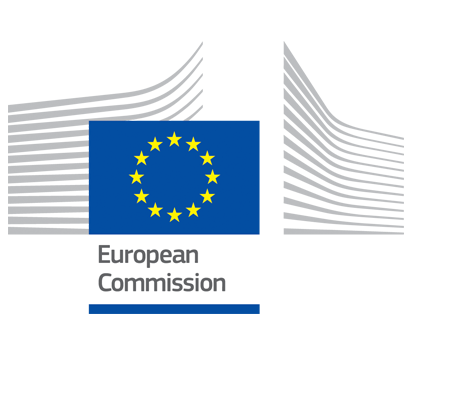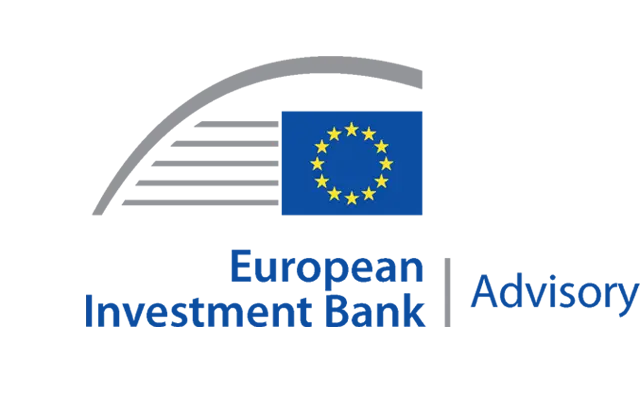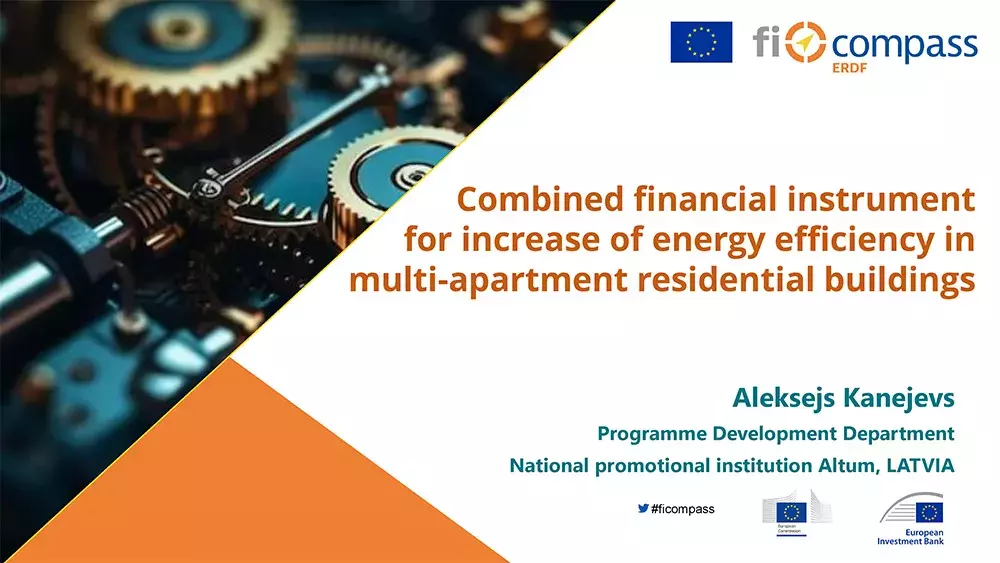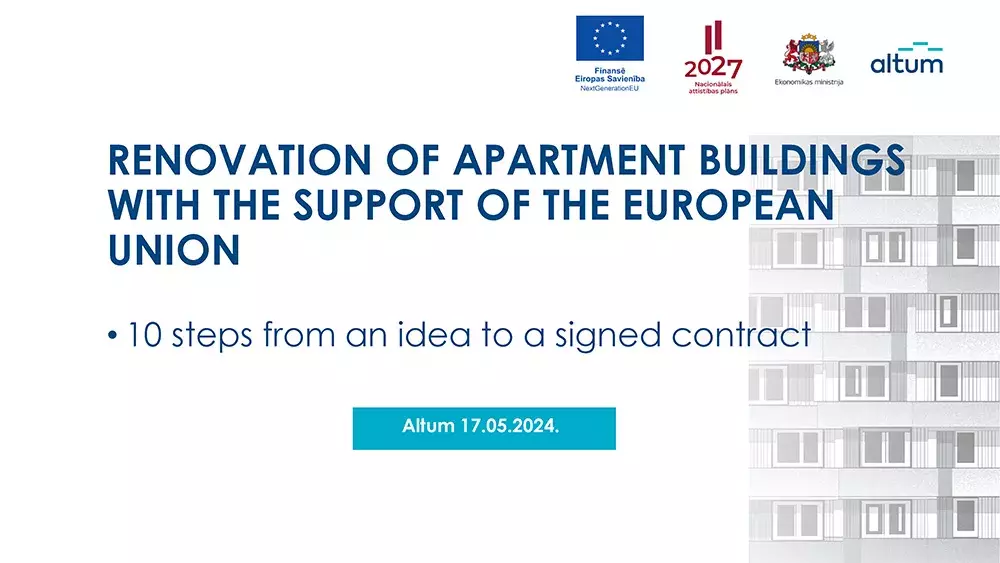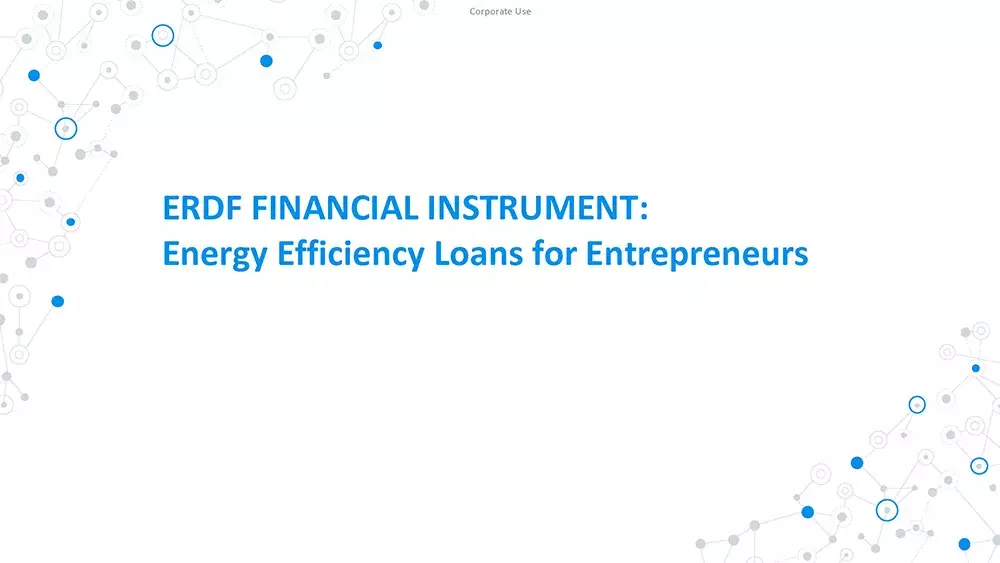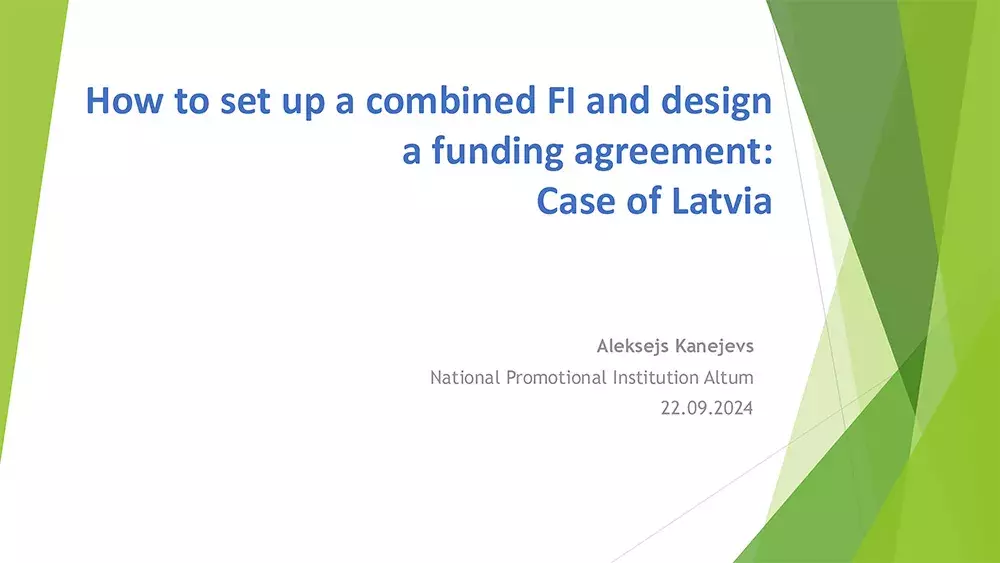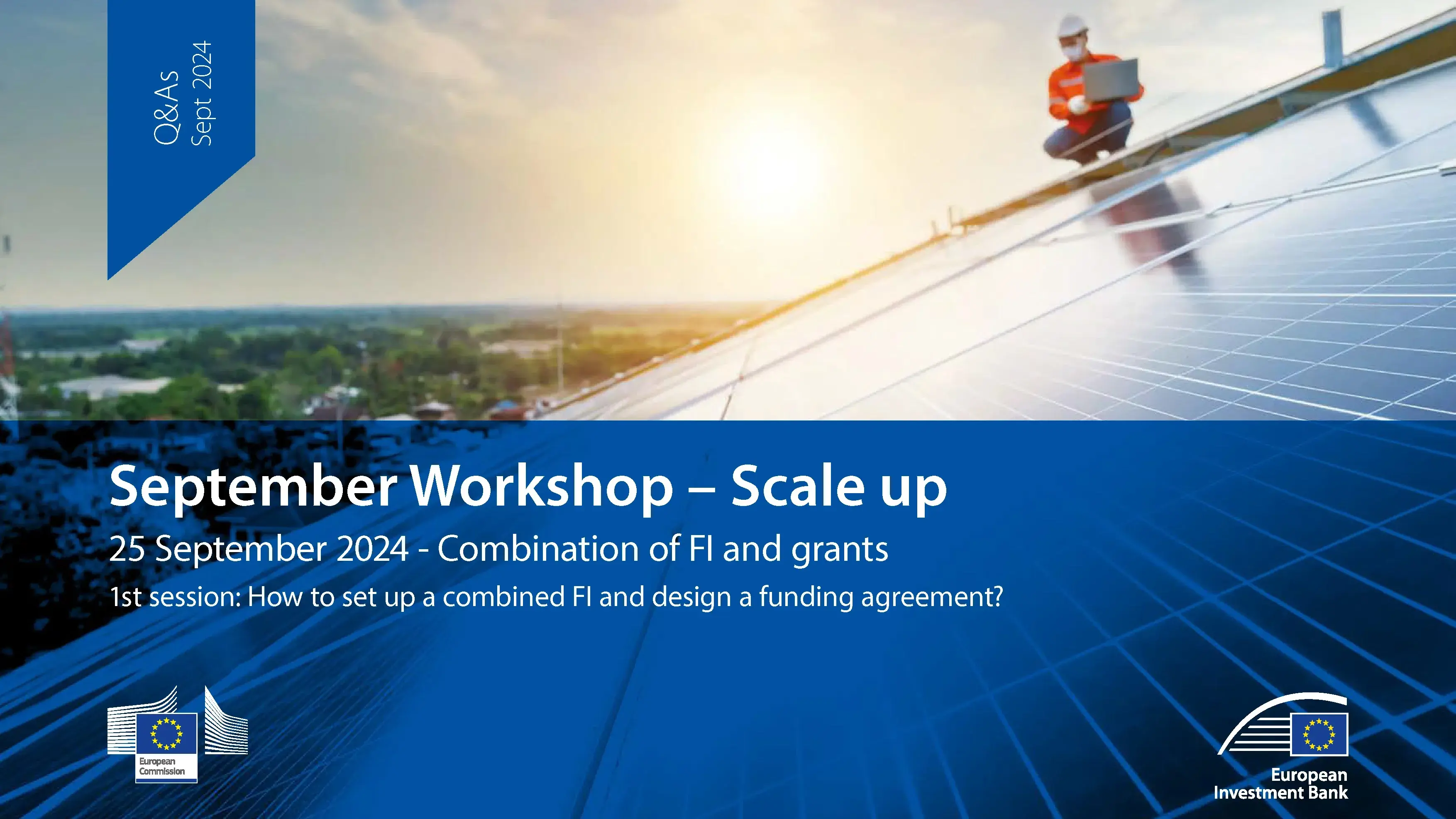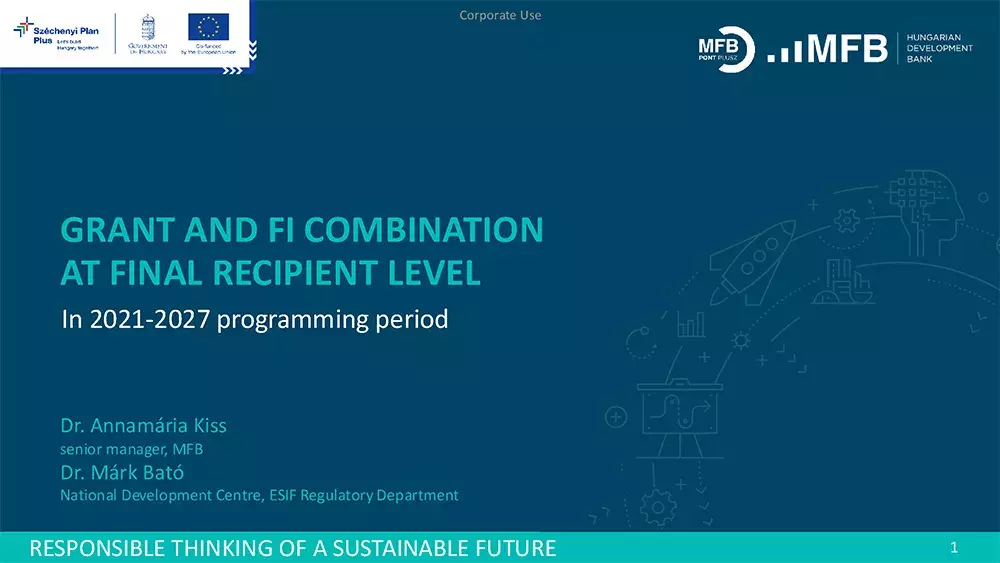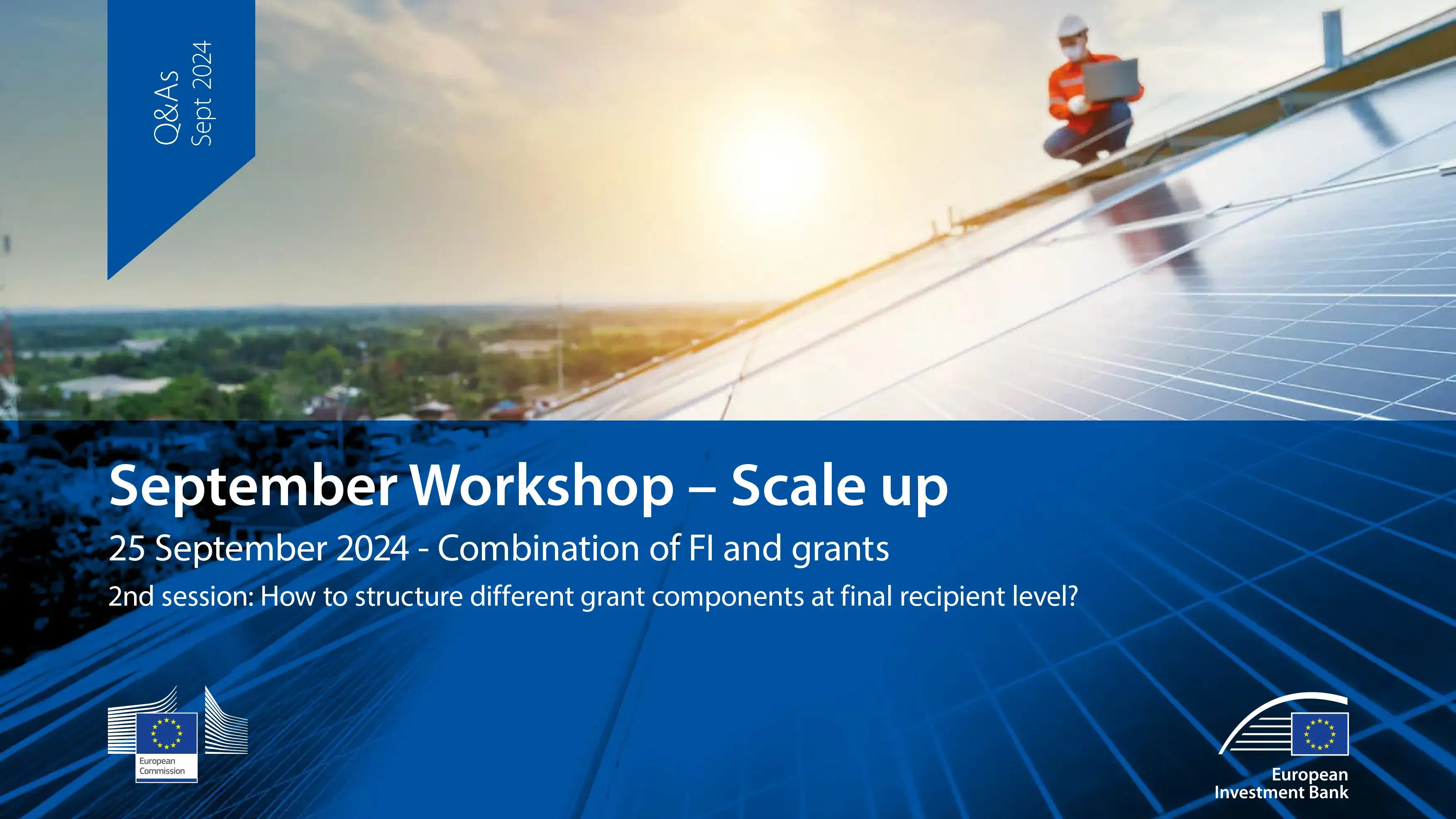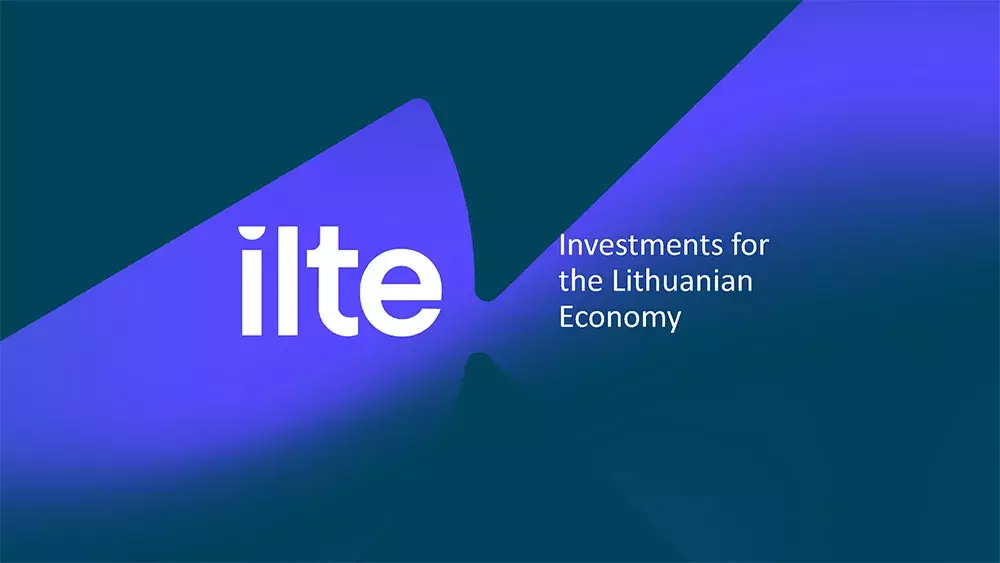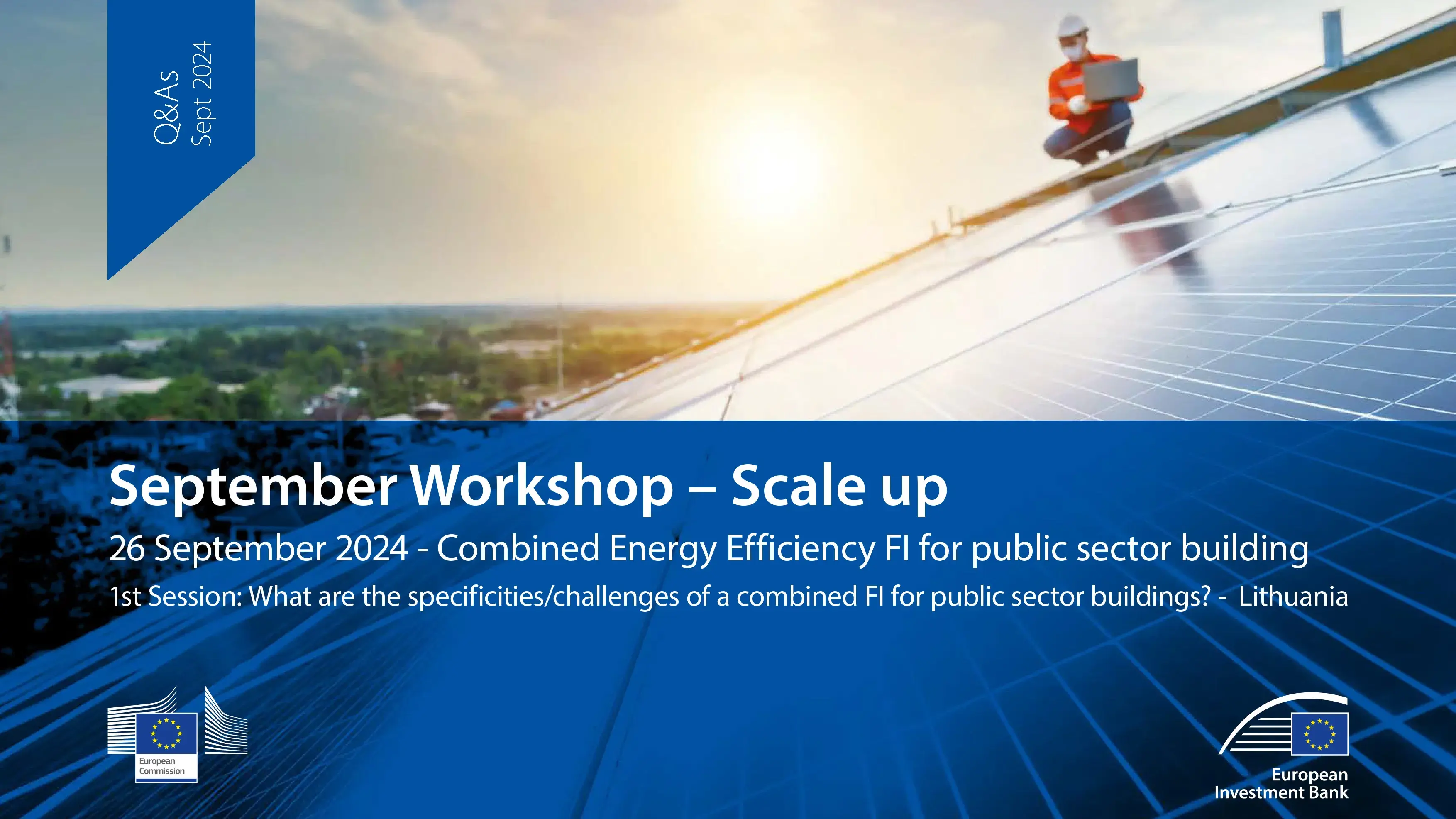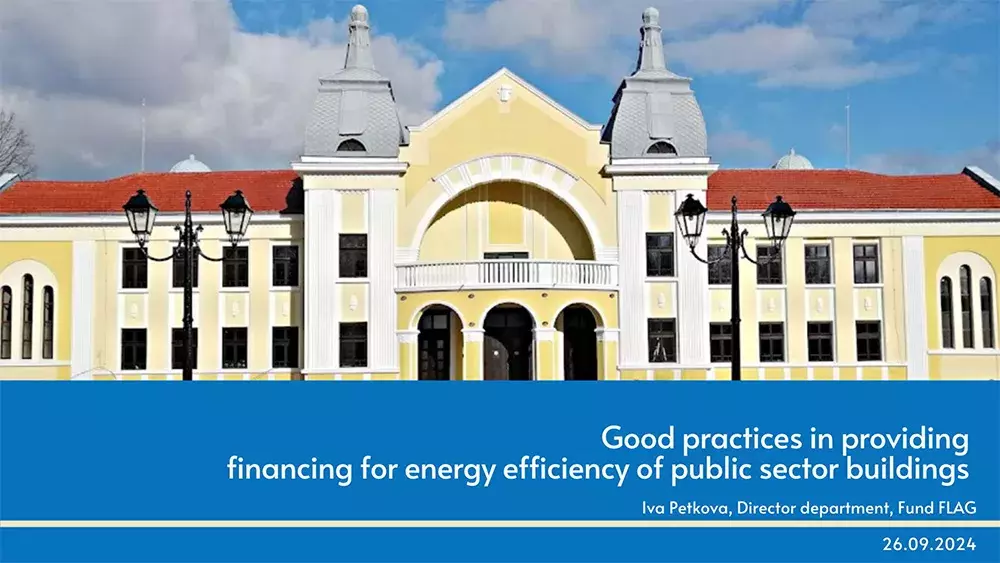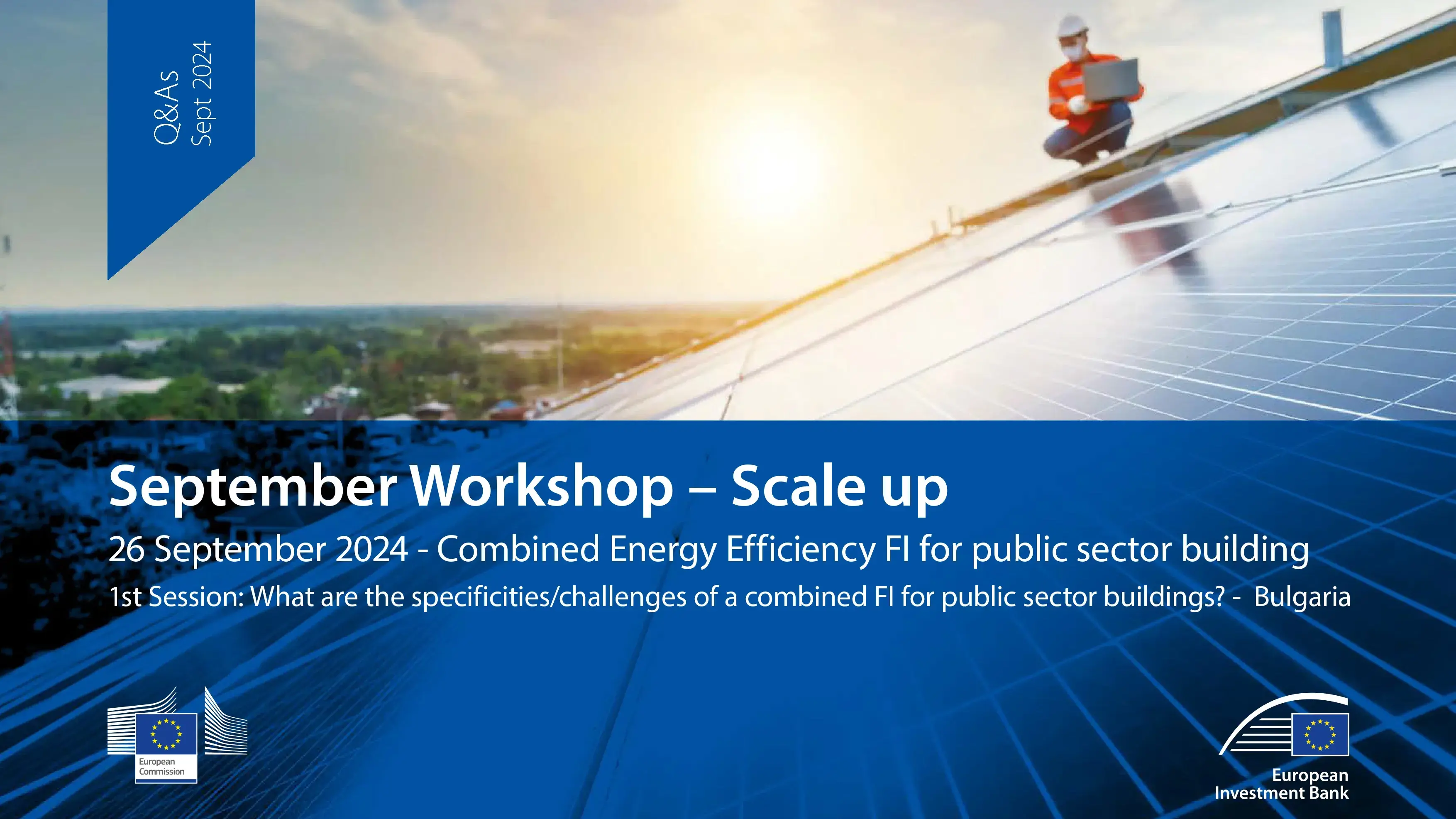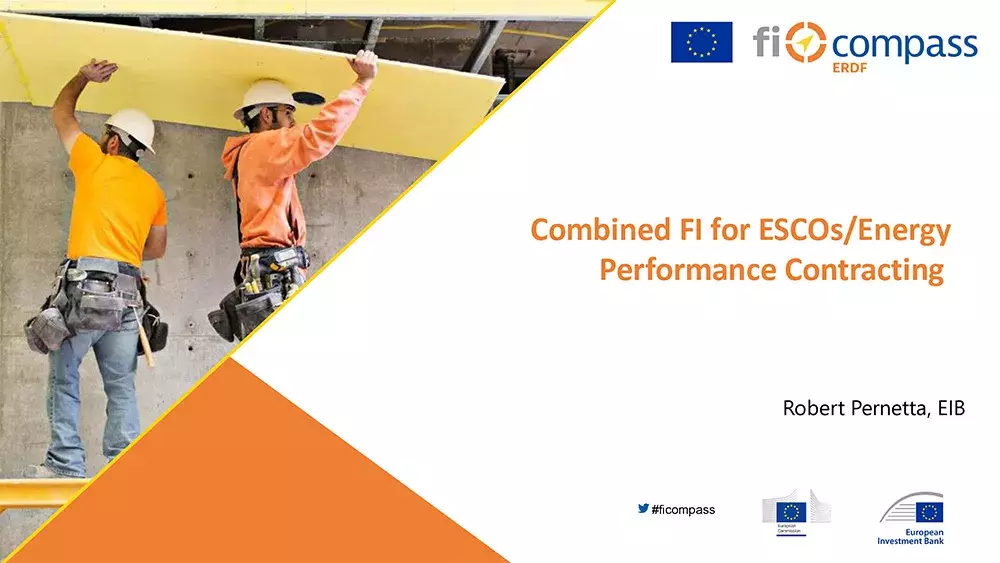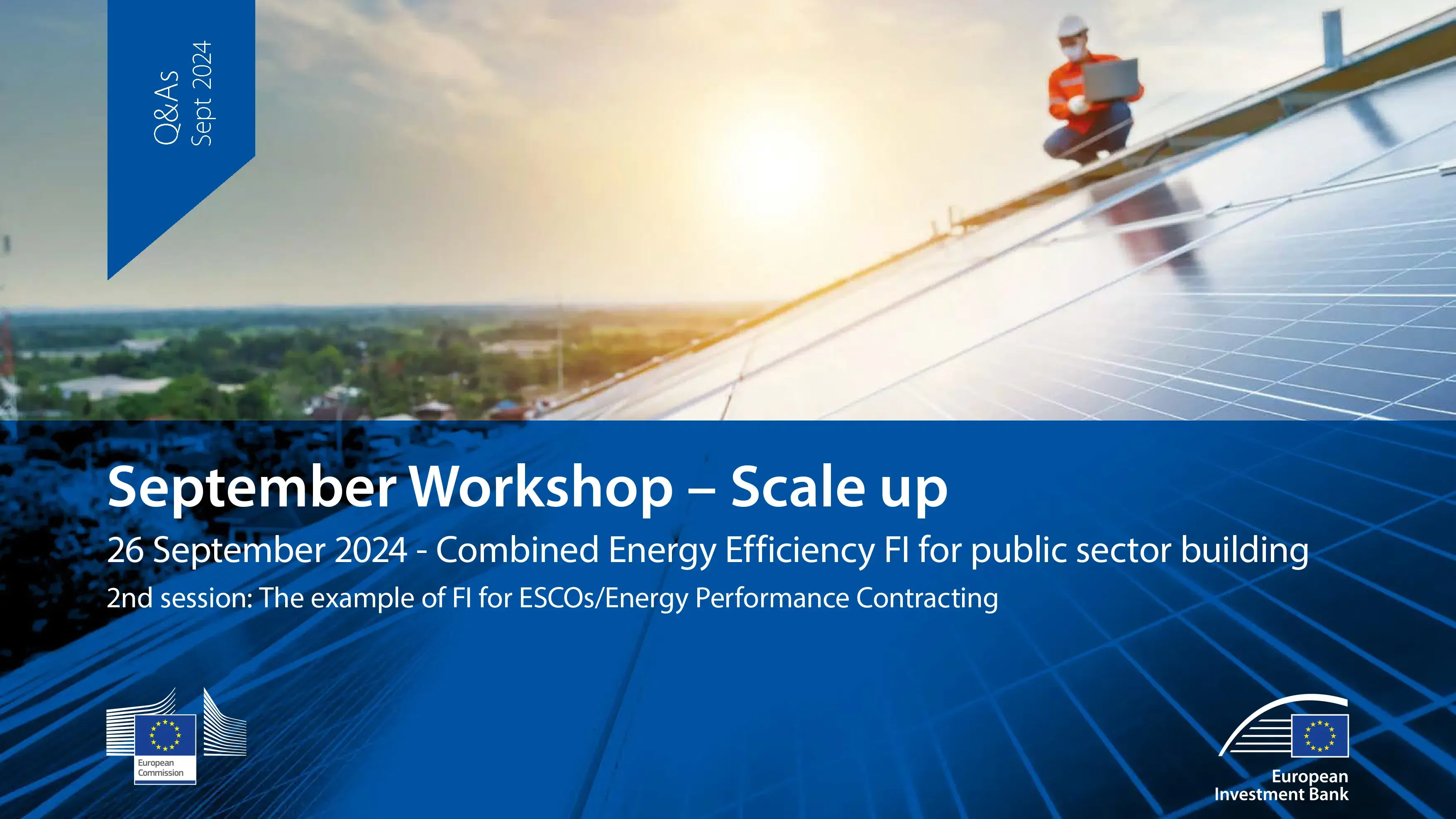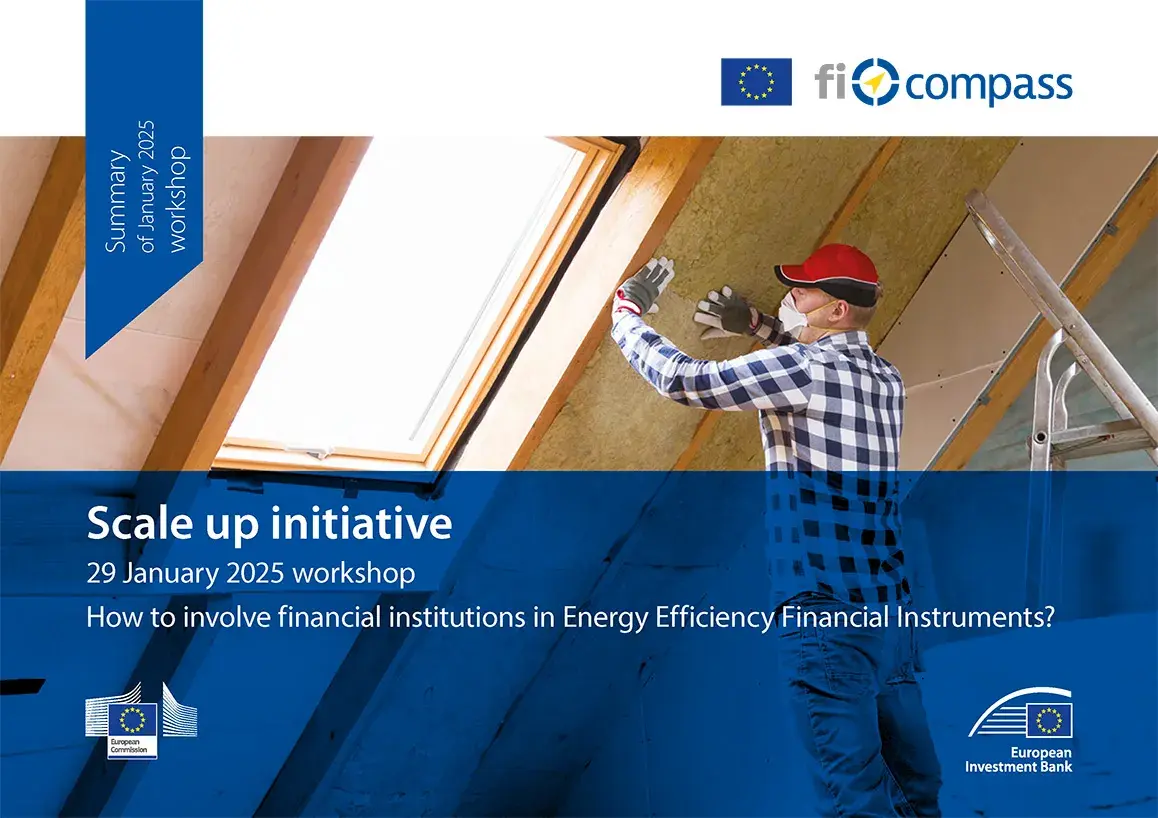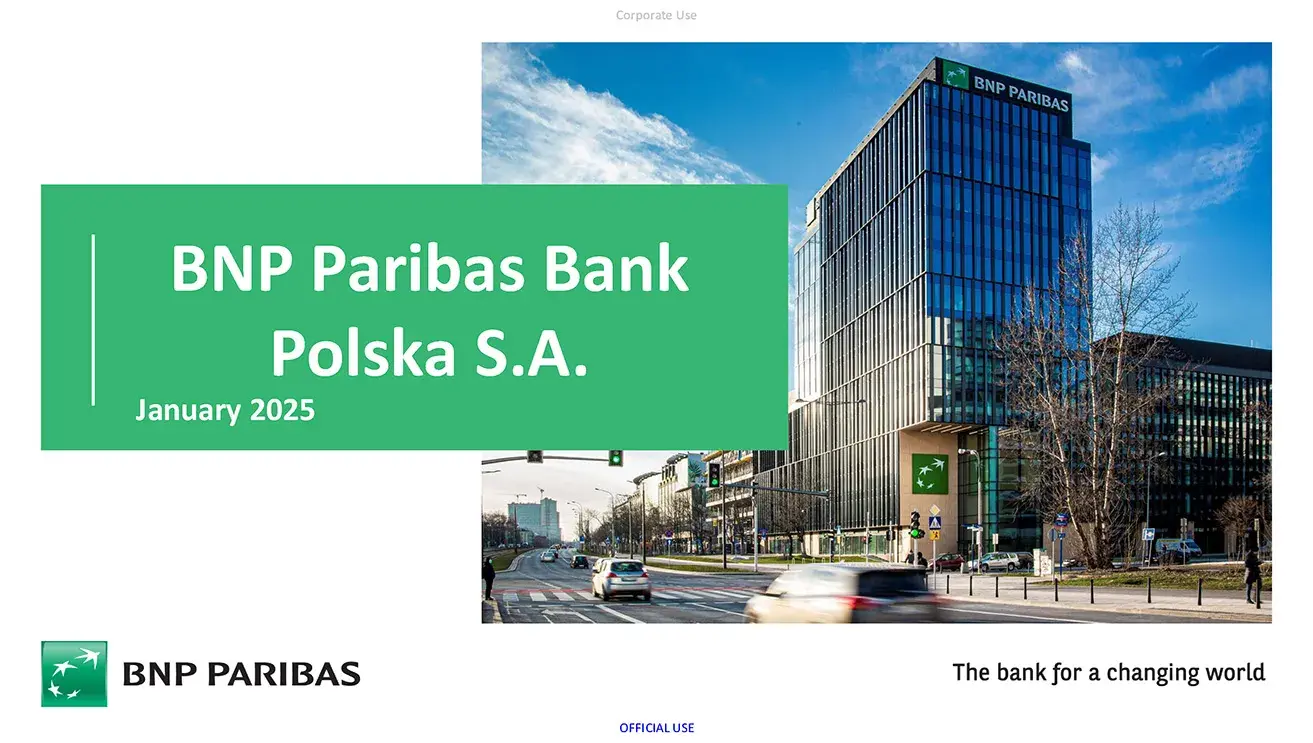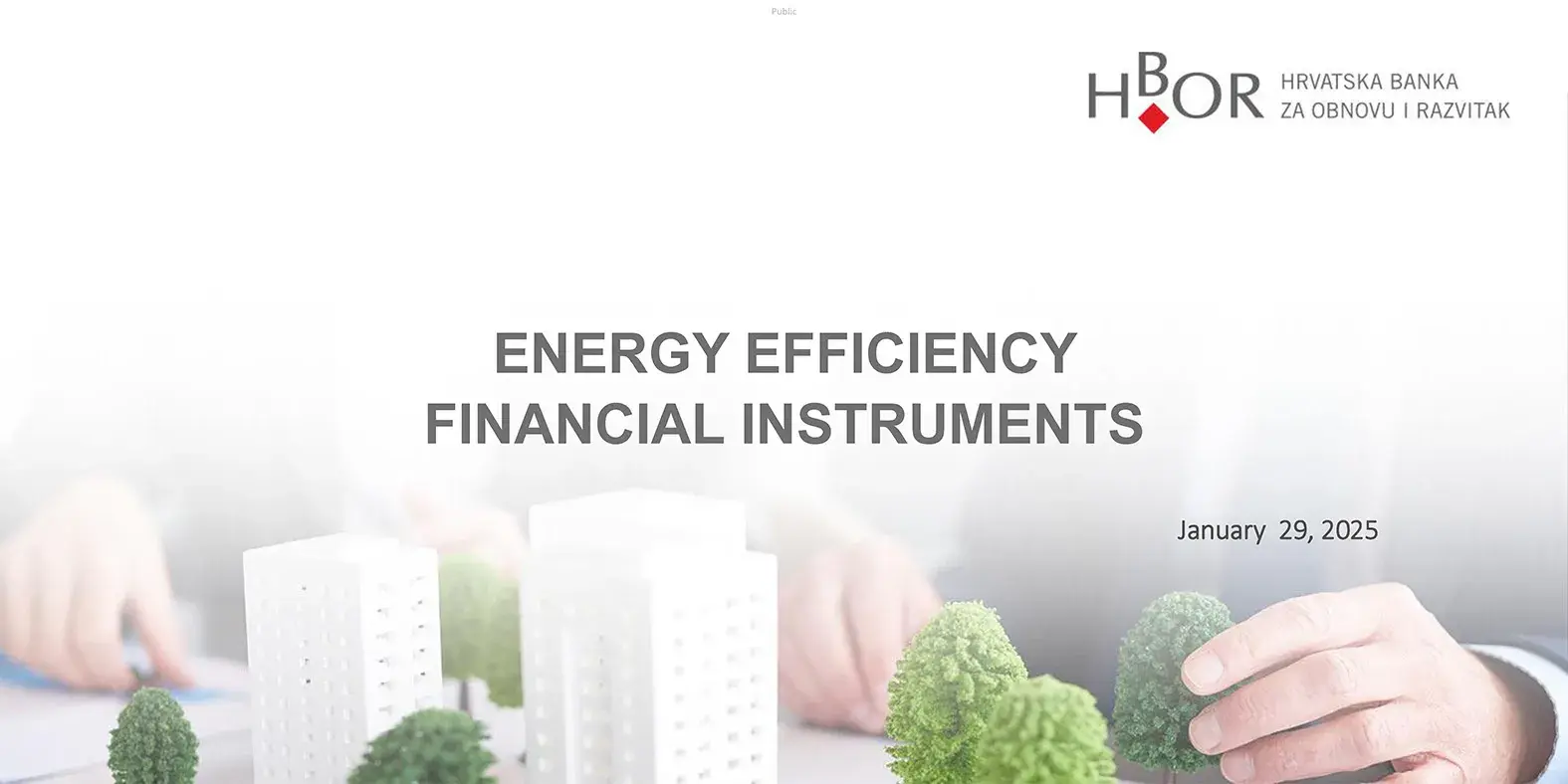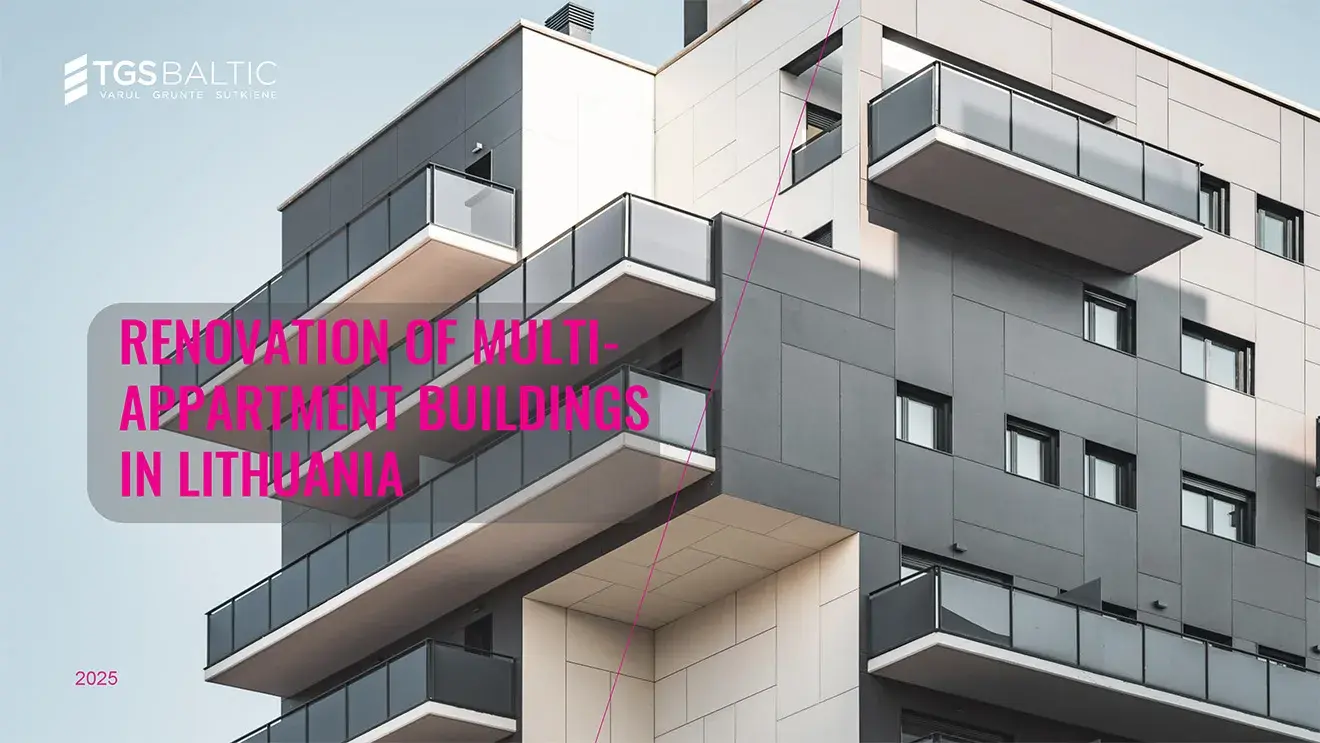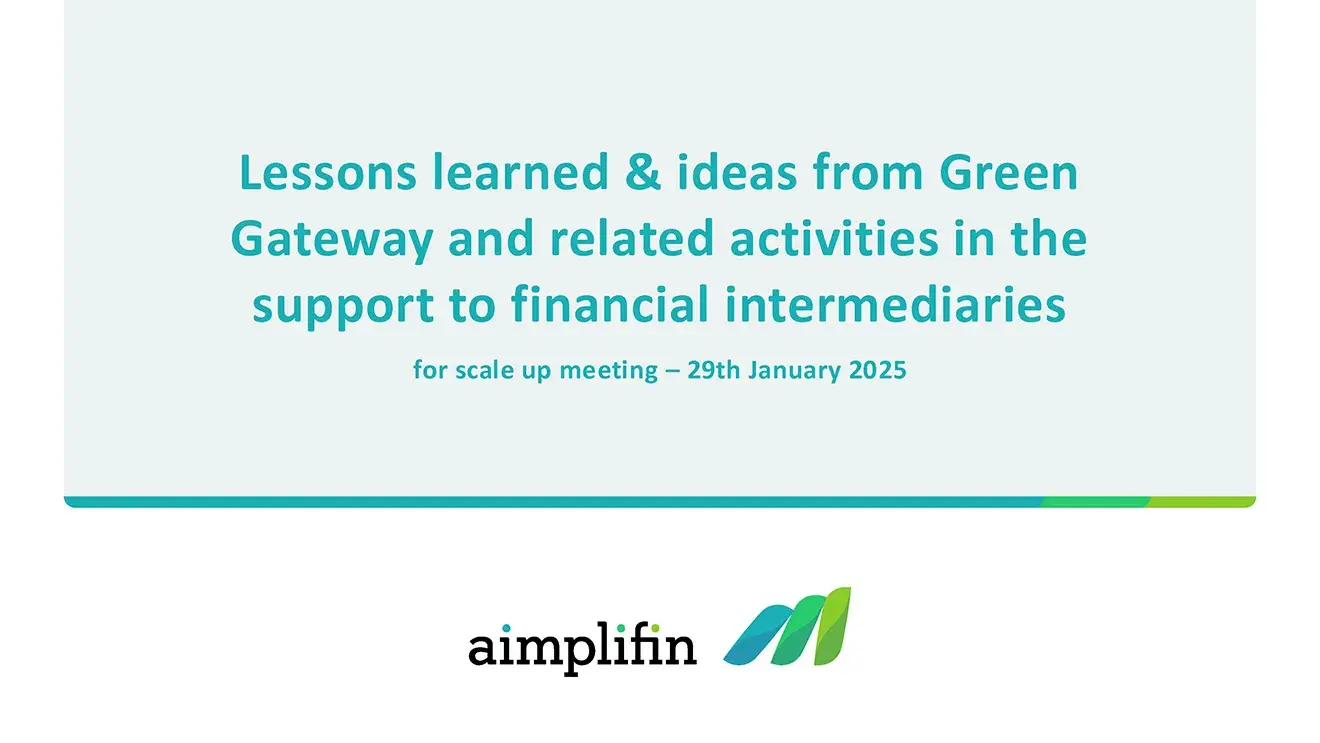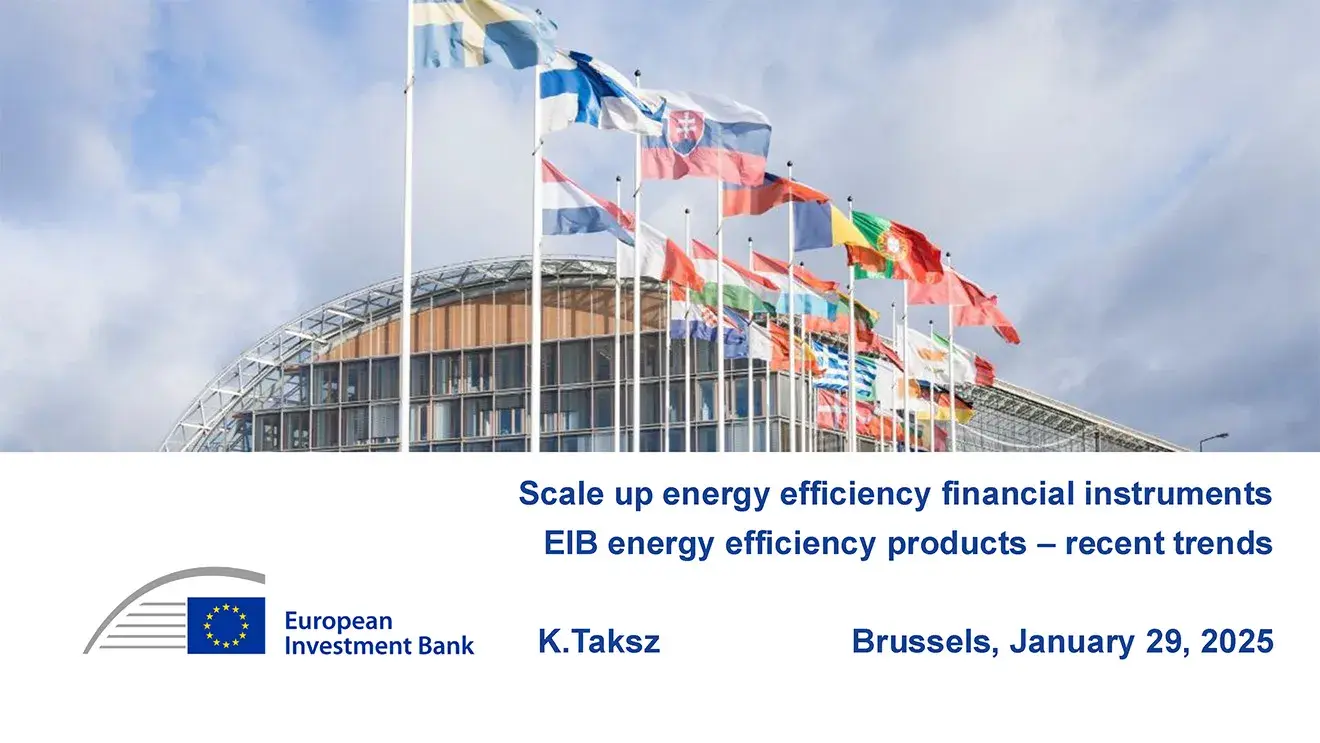Scale-Up: energy efficiency financial instruments
To meet EU climate action targets, we need to increase the pace and scale of green investments, particularly in the field of energy efficiency. DG REGIO and EIB Advisory have designed a new support programme for shared management financial instruments under the fi-compass framework, called Scale-Up.
This new initiative addresses key challenges related to the design, set up and implementation of financial instruments for energy efficiency (EE) and small-scale renewable energy (RE) investments in the 2021-2027 programming period. Read through this page to find out more about the initiative.

How does it work?
Scale-Up builds on a new collaborative approach under the fi-compass framework, bringing together selected experts from managing authorities, national promotional banks and institutions (NPBIs), financial intermediaries, the European Commission, and the EIB Group. These experts contribute on a voluntary basis to a working plan over a period of 18 months, identifying solutions to financial instrument implementation barriers. They also provide recommendations regarding the evolution of the regulatory framework applicable to financial instruments in the current and next programming periods.
Task-based working groups of experts are created to reflect on new operational solutions that facilitated the implementation of financial instruments, based on best practices and experiences from various EU countries. The working group members are selected based on their skills and experiences, and after consideration of their institutions’ ambitions for energy efficiency financial instruments within the current programming period.
The Scale-Up initiative formally started its activities in April 2024. The results of its work are disseminated to the fi-compass community on a regular basis through this page.
What’s in it for participants?
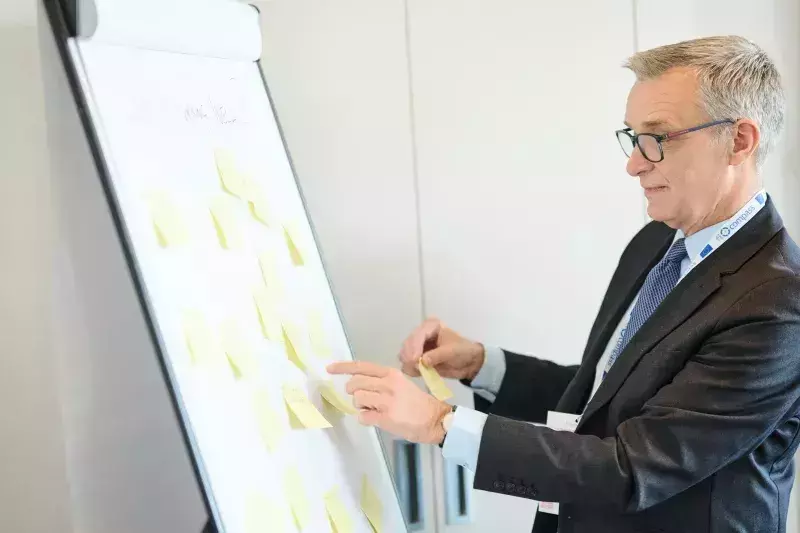
Participants actively contribute to the activities of the Scale-Up working groups, sharing data and expertise as needed. They also promote working group findings within their organisations and geographical areas. Working group members have the opportunity to discuss and develop solutions to their own operational challenges, increase their knowledge, and network with experts from across the EU.
Under the Scale-Up initiative, managing authorities and NPBIs also benefit from dedicated support from the EIB to address specific issues related to the implementation of financial instruments in their Member States, aiming to leverage private and public funding and maximise impact.
What topics do the working groups cover?
The Scale-Up initiative tackles a wide range of topics, such as:
- Cross-cutting barriers to financial instrument implementation, notably in combination with grants;
- State aid regime and notification process;
- Alignment with eligibility criteria and assessment for green investments;
- Energy efficiency financing in residential housing and the public sector (legal framework, credit risk analysis, operational challenges);
- Awareness raising and marketing of financial instruments;
- Incentives to use financial instruments.
Additional topics were identified by the working groups during the implementation of the initiative.
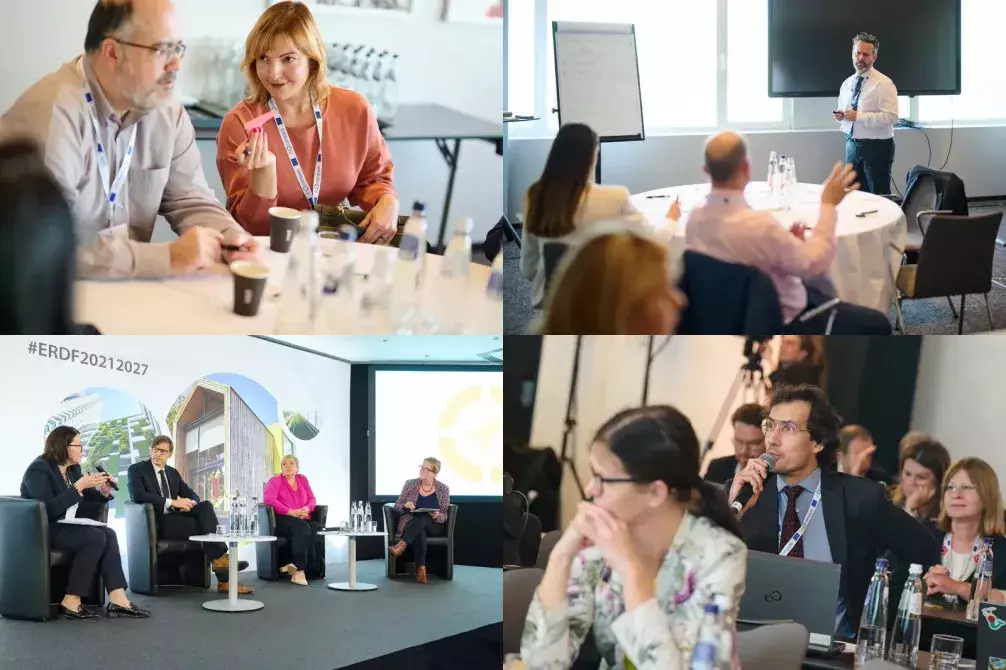
2024 activities
In 2024, the Scale-Up expert group began its activities and met several times to discuss challenges and operational solutions to improve energy efficiency financial instruments. The kick-off meeting of the initiative took place on line in April 2024. On this occasion the objectives of the initiative and the work plan were discussed and agreed.
Two main workshops took place in 2024, the details of which are provided thereafter.
Workshop #1 – 27 May 2024
The aim of this first workshop was to address the initial steps of the design and set up of combined financial instruments for energy efficiency. Participants notably discussed the content of the programme and ex-ante assessments and how to analyse and justify the use of grants to be combined with FI in one operation. During this workshop, the methodology used by lenders to assess the credit risk of housing associations was also discussed.
Mr Aleksejs Kanejevs, representing the Latvian national promotional bank ALTUM, presented the features of Altum’s loan and guarantee FI combined with capital rebate for EE investments in residential housing. The discussion focused on the content of the ex-ante assessment and the justification required for combined FI, in particular for the grant elements. Aleksejs also provided a detailed presentation on the project cycle and the steps and procedures to be followed by project promoters with the support of Altum. The below presentations contain links to examples of documents to be fulfilled by the project promoters as well as to guidance notes. It also refers to the ex-ante assessment document which was carried out by Latvian authorities and which contains useful analysis with regards to the characteristics and needs for grants.
Mrs Iva Medugorac, representing the Croatian Ministry of EU funds and Regional development, presented their combined FI for EE in companies. This instrument combines loans and capital rebates, which will be provided based on companies’ improved EE performance. The presentation describes the level and nature of triggers and of the corresponding capital rebates. A concrete illustrative example is also provided.
Workshop #2 – 25-26 September 2024
The second workshop of the year, was organised over two days in Brussels in DG REGIO premises. It aimed to cover a variety of topics related to combined financial instruments for energy efficiency from the structure of the instruments, the content of the funding agreement, State aid regimes as well as the specificities of EE FI for public buildings, including the use of EPCs and ESCOs.
How to structure a combined EE FI and the funding agreement?
The morning session of the first day of the workshop was dedicated to the design of combined FI and the content of funding agreement with regards to the definition and management of the grant elements in combined FI.
Mr Aleksejs Kanejevs, representing the Latvian national promotional bank ALTUM, described the way the combined FI are managed by Altum in cooperation with commercial financial intermediaries and how this set up is translated into the funding agreement signed with the Managing Authority.
How to structure different grant components at final recipient level?
Dr. Annamaria Kiss, Senior manager at Hungarian national promotional bank MFB and Dr. Mark Bato, representing the Hungarian National Development Centre, ESIF regulatory Department, then presented the structure and mechanics of the combined financial instruments MFB has started to deploy in the 2021-2027 programming period. This presentation notably describes in details how grant elements have been structured to be compatible with the Hungarian legislation on capital rebates, while providing support and incentives to project promoters.
Hungarian authorities and MFB have used capital grants in such a way that it provides similar effects to capital rebates, notably thanks to the use of grace periods until verification of performance. The presentation also describes a variety of performance triggers that are used depending in the sectors supported and provides examples of contractual clauses applying to the grant elements. It also explains measures that may be taken in case of irregularity or default of projects promoters.
What are the specificities/challenges of combined FI for public sector buildings?
The morning session of the second day of the workshop was focused on the combined EE FI for public sector buildings.
The first presentation of the day was made by M. Vaidas Daktariunas, representing the Lithuanian national promotional bank ILTE. This presentation explained in details the features and implementation modalities of ILTE’s financial instrument for EE in State owned buildings and its combination with grants in two operations. It notably provided a detailed description of the rationale for the combination in two operations as well as the process and measures taken to ensure an efficient coordination of the FI and grant for the benefit of public project promoters.
The second presentation was made by Mrs Iva Petkova from Bulgarian Fund FLAG about combined FI for EE measures in public buildings. This presentation provided a series of example of energy efficiency projects financed under ERDF urban development funds as well as from FLAG own resources, notably in combination with free technical assistance. This presentation stressed the challenges linked to combinations in two operations.
How to use combined FI for EPC/ESCOs?
Finally, the last topic covered during the workshop was related to the use of Energy Performance Contracting (EPC) and Energy Service Companies (ESCOs) to renovate public buildings. Robert Pernetta representing EIB advisory services provided detailed explanations on how EPC and grants can be combined in one or two operations, based on a factsheet published under fi-compass. In addition, the presentation covered concrete case studies of the use of EPCS in Slovenia, Italy and Czech Republic.
2025 activities
On 29 January 2025, the 3rd workshop organised under the Scale-up initiative took place in EC DG REGIO premises in Brussels. The aim of the workshop was to discuss the conditions and opportunities to involve financial institutions in energy efficiency (‘EE’) combined financial instruments.
- Workshop #3 – 29 January 2025
- The example of the Polish Sustainable Energy Financing Facility (‘POLSEFF’)
- Combined financial instruments to be implemented in Croatia in the 2021-27 programming period
- The ‘administrator model’ used in Lithuania for multi-apartment EE renovation
- Lessons learned and ideas from the Green Gateway programme in supporting financial intermediaries
- EIB energy efficiency financing products – recent trends
Workshop #3 – 29 January 2025
The workshop gathered representatives from managing authorities (‘MA’), public and private financial institutions as well as experts from legal and consulting firms.
The discussions were structured around four main topics as follows:
the management of grants by banks – best practices and limits, in the context of combined financial instruments,
the regulatory framework applicable to loans for multi-apartments buildings’ EE investments,
eligibility rules and impact assessment of EE investments as well as
market products and recent developments for EE investment financing.
The example of the Polish Sustainable Energy Financing Facility (‘POLSEFF’)
Mr. Adam Hirny, representing BNP Paribas Bank Polska SA presented their experience with POLSEFF - Polish Sustainable Energy Financing Facility. The instrument was launched in 2011 in partnership with the European Bank for Reconstruction and Development. The presentation describes the key elements of the instrument combining credit lines, grants and technical assistance, along with the key success factors of its implementation.
Combined financial instruments to be implemented in Croatia in the 2021-27 programming period
The presentation made by Ms. Ivana Mikulić Matković, representing HBOR focused on the HBOR’s experience with the combination of financial instruments and grants in one operation for energy efficiency investments. The capital rebate mechanism, where part of the loan is converted into a grant based on achieved energy savings, simplifies administration and incentivizes performance. The approach emphasizes early cooperation with commercial banks and streamlined procedures to boost uptake.
The ‘administrator model’ used in Lithuania for multi-apartment EE renovation
Mr. Vilius Bernatonis, partner in TGS Baltic, outlined Lithuania’s “administrator model” for financing multi-apartment building renovations. By channelling loans through building administrators rather than individual owners, the model overcomes legal and operational barriers, enables portfolio securitization, and attracts private capital, leading to large-scale energy upgrades and improved household well-being.
Lessons learned and ideas from the Green Gateway programme in supporting financial intermediaries
Mr. Rainer Agster, team leader of the consultancy team supporting EIB Green Gateway Programme, presented EU taxonomy’s application to the building sector and the integration of the EU taxonomy requirements into financial instruments and grant mechanisms, as well as the usage of IT tools such as the EIB Green Checker to help financial intermediaries assess and verify green criteria compliance.
EIB energy efficiency financing products – recent trends
Mr. Karoly Taksz, representative from the EIB’s Financial Institutions Department, presented various products offered by the EIB to support EE investments, ranging from simple investment loans to more complex securitization and guarantee structures.
